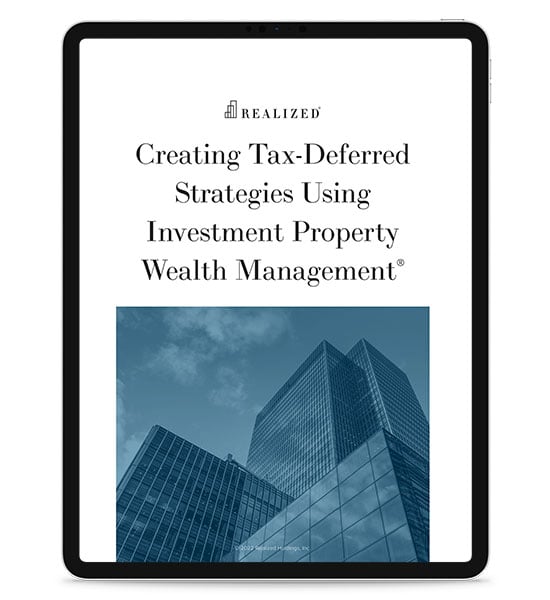
Section 1245 and Section 1250 refer to two of the three most common types of business assets. It's essential to identify the type because, in some cases, that will affect the taxable rate applied to any gain.
What Is Section 1245 Property?
In brief, Section 1245 includes property that has been or is subject to depreciation and fits into one of these categories:
- Tangible or intangible personal property
- Tangible property that is not a building or other structure when used for the following purposes: Manufacturing, production, extraction, or furnishing of communications, electricity, gas, water, transportation, or sewage disposal, or research or storage for any of those.
- Single-purpose livestock or horticultural structures (that are not buildings).
- Storage facilities (not buildings) used for petroleum or petroleum product distribution.
- Railroad gradings.
Some examples of Section 1245 property include furniture used in a business, including carpet, light fixtures, and equipment necessary for production. It also includes vehicles used for business, research facilities, and even patents.
If a business sells its property at a gain, allowable depreciation amounts previously claimed are recaptured at ordinary income rates, while any remaining profit is subject to capital gains rates. This allows the IRS to retrieve the amount the individual obtained through the depreciation.
What Is Section 1250 Property?
Property that is subject to Section 1250 is uncommon. This is because the section only applies when a business uses accelerated depreciation for its real estate (which allows more significant deductions in the early years of ownership). Since business and investment properties have been required to use straight-line depreciation since 1987, this section is now unusual. If real estate has been depreciated using the accelerated method, and the seller realizes a gain on the disposition, then Section 1250 provides that the difference between accelerated and straight-line depreciation is taxable as ordinary income.
However, even with straight-line depreciation, a Section 1250 unrecaptured gain can exist. When a profit is realized on the sale of a partially depreciated real estate asset, unrecaptured Section 1250 gains are calculated using Schedule D and taxed at a maximum of twenty-five percent.
Defer Depreciation Recapture Using a 1031 Exchange
An investment property that is sold is subject to both capital gains tax and depreciation recapture. An investor may want to consider deferring the recognition of both by using a 1031 exchange to reinvest the proceeds from the sale. This method, properly executed, may provide a way for the investor to defer the tax on the gain and defer the depreciation recapture requirement. However, the process is complex, and investors need to use the service of a Qualified Intermediary to complete the transaction successfully.



